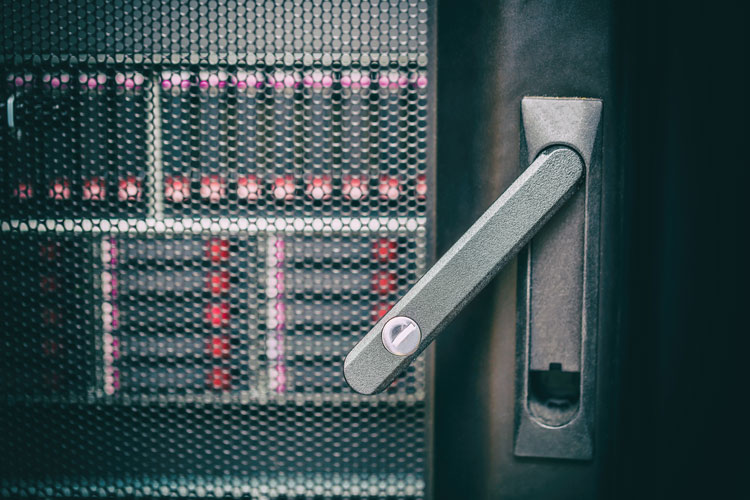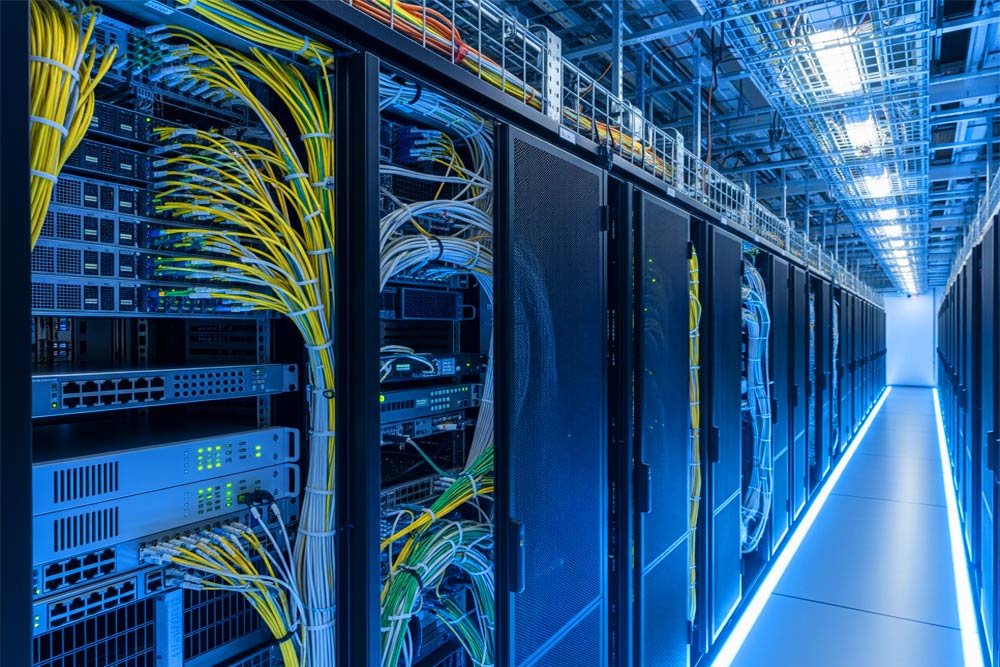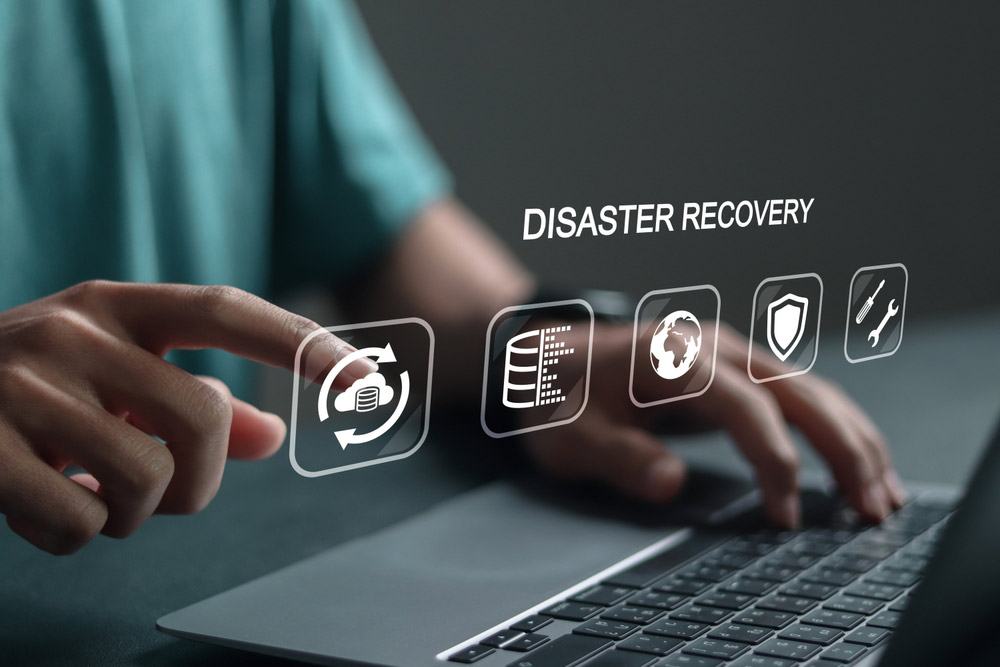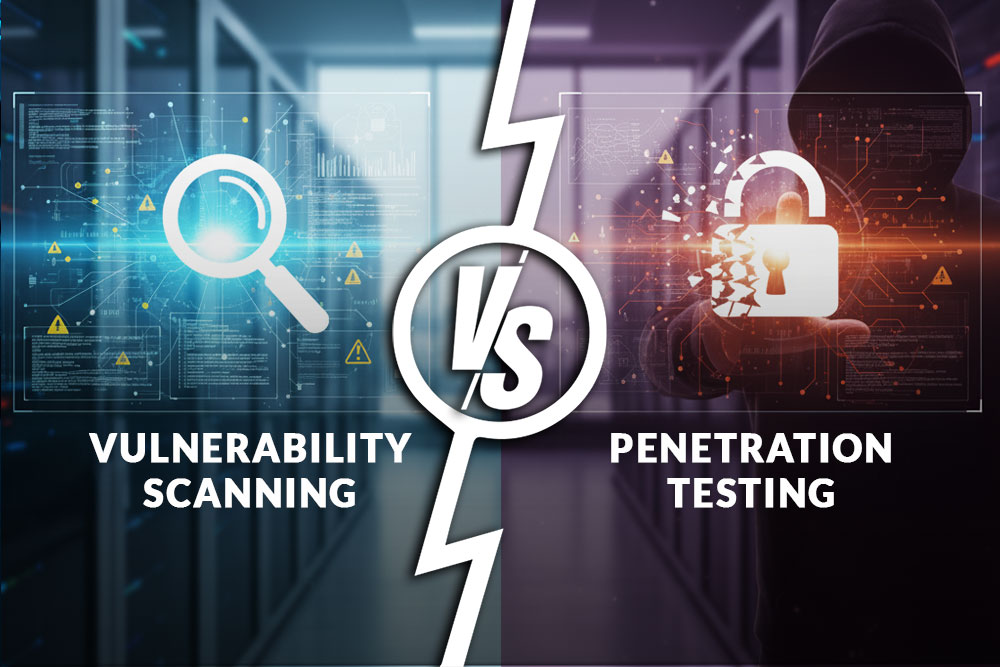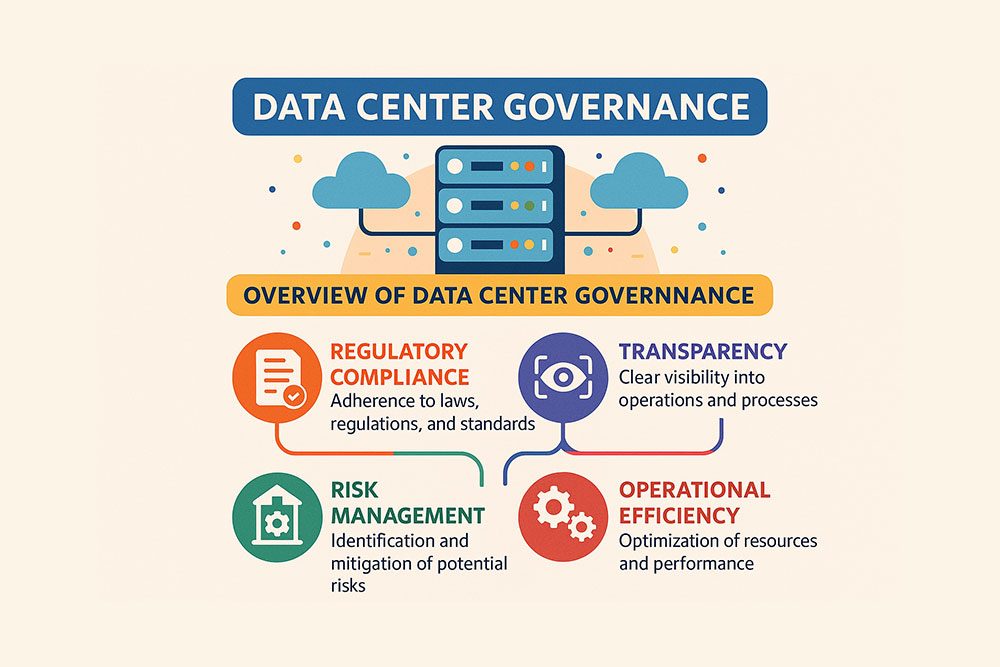In terms of preventing physical access to equipment, the cabinet is the last potential point of vulnerability in the data center. Because of this, physical data center security measures on the cabinet-level can be crucial. This can’t be stressed enough in the case of edge data centers, multi-tenant sites, or any kind of remote environment with cabinets on-premises. The old way to go about this was using a lock and a key, however, as technology evolves and security requirements become increasingly intricate, more comprehensive solutions are needed to manage the complexity efficiently and without risks.
While there’s a tendency to move away from on-premises infrastructures and more towards colocation and cloud solutions, organizations have major concerns about physical data center security when it comes to choosing a third-party facility for their needs. With a large number of evolving threats and strict compliance requirements, protecting data requires a persistent focus on all levels. Cabinet-level security is also referred to as the “fourth layer” of data center security and requires implementing a set of specific measures to protect the individual server cabinets.
Even with robust high-level security measures, data centers remain vulnerable to threats targeting individual server cabinets. Here’s what data center professionals need to know to protect their critical infrastructure. This article will line up essential physical data center security measures, with a special focus on the vital role of cabinet controls.
Understanding Physical Security in Four Layers
Layer 1: Perimeter Protection
The role of the first layer of physical data center security is to detect and delay illegitimate entries at the perimeter of the data center facility. The protection of the data center is ensured by video surveillance systems and motion detectors, which can identify individuals and detect unauthorized activity. This first layer ensures that no one breaks into the data center building by jumping a fence, for instance.
Layer 2: Facility Controls
If someone manages to get through the first layer of perimeter security, the individual will be restricted by the second layer of protection. Access control systems require an access card or a biometric scan to identify legitimate access. These controls recognize personnel and people with authorization and stop infiltrators from entering.
Layer 3: Computer Room Controls
The third layer of physical security protects the data center’s core, which is the server room or rooms. This layer deploys further security controls, like biometric fingerprint or retina scans, for additional safety. Layer 3 typically has a separate cluster of access and surveillance controls to block intruders from accessing the most important parts of the data center.
Layer 4: Cabinet Controls
The server cabinet controls are the final layer of physical data center security. Intruders who manage to get through the previous layers shouldn’t find servers lying there as free prey. This last layer of defense prevents malicious actors and internal threats from accessing the individual server cabinets, minimizing the risks of a data breach.
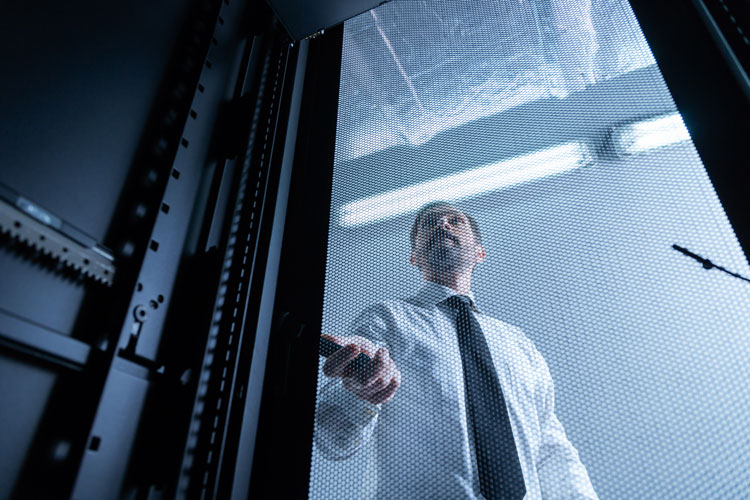
Types of Cabinet-Level Security Controls
Cabinet-level security systems can take many forms, the most straightforward being traditional locks that open with a conventional key. However, these old solutions might not provide the security needed today in a server room. The lock-and-key solution can have many flaws: locks can be picked, keys can be lost, or they can easily get into unauthorized hands. The more people need entry to the cabinets, the more things can get complicated. Also, it’s almost impossible to find out who used the key and when in case of an incident.
More advanced cabinet level data center security systems and strategies exist, though, which can provide a smarter approach. These can be:
Card-Based Access Systems
Card-access systems are typically connected to a larger security system that manages and tracks activity throughout the perimeter of the data center. These systems provide the advantages of traceability and a higher level of control. Card systems can come in more advanced versions, which use high-frequency and bidirectional communication, making them harder to replicate.
Biometrics-Based Authentication Systems
Fingerprint or retina scans provide an even higher grade of security. These systems require the authorized person to be physically present to enter the data center cabinets, ruling out the possibility of unauthorized access with a stolen key or access card. BIometrics-based also comes with the perk of audit traceability.
Surveillance Systems
When it comes to choosing where to place cameras in the data center facility, server cabinets make no exception. As simple as it is, recording activity in the cabinets can be crucial.
Monitoring Software
Data center operators can significantly benefit from having any kind of real-time server monitoring software that can identify and warn about any incongruity with usual access patterns. Hand-in-hand with centrally managed access control systems, these can reveal any access attempts and start an alarm in real-time.
Dual Custody
Dual custody is a long-standing security method that requires two people with two different keys to be present at the same time in order to gain access to the cabinets. This is an excellent method for cabinets that need that extra high-level security.
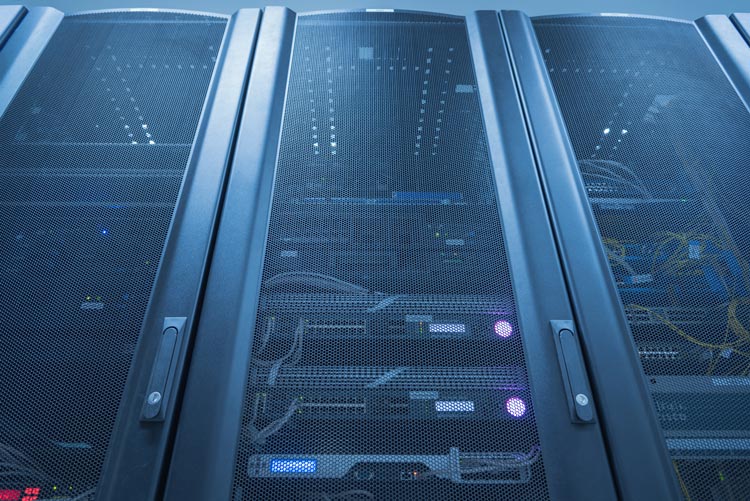
The Vital Role of Cabinet Control Security
Cabinet control might seem like a small aspect of overall physical data center security when compared to other measures like building access control or surveillance. However, cabinet-level security is more than essential for several reasons. It addresses the very specific risks that are frequently associated with physical access to the IT equipment itself and helps safeguard data, systems, and hardware against direct threats like theft and damage. Let’s look at the most important aspects of its security role.
Protection From Insider Threats
As unlikely as it may seem, insider threats can sometimes emerge. Employees with access to the other parts of the data center can misuse their access privilege if they want to cause harm to the operator they work for. In a situation like this, unsecured server cabinets can pose significant risks to data security. Security cabinet controls can help mitigate these threats by restricting access only to those who have been assigned specific roles.
Preventing a Data Breach Incident
Cybersecurity is getting more attention nowadays; however, efficient physical security measures also make up an indisputably important part of a comprehensive security strategy, because unauthorized access to server cabinets can potentially lead to data breaches. Imagine an individual who operates the servers on behalf of a company at a colocation data center. Without cabinet-level security measures, they could access another company’s servers with the intent of stealing data. Cabinet security controls help maintain the confidentiality of data by limiting physical access only to authorized personnel.
Safeguarding Equipment Through Monitoring and Auditing
Server cabinets store valuable IT equipment, which needs to be protected by security measures. Cabinet control systems often include logging and auditing capabilities, which allow operators to track who accessed the cabinets and when. This is crucial for providing accountability and making investigations easier in case of a security incident, damage, or theft. Also, these prevent even the rarest accidents, which can be the result of someone accidentally entering the wrong cabinet.
Ensuring Compliance
Industries like healthcare and finance have very strict compliance regulations regarding data protection. Cabinet control security provides the last level of physical data center security, which is necessary to comply with the strict regulations of these industries.
Staying Safe at All Levels
Even if a data center has all other security measures implemented, there is a set of threats that can only be prevented by cabinet-level security measures. Fortunately, technology has advanced to provide state-of-the-art server cabinet protection, which helps to protect the most important part of the data center facility. These modern measures bring benefits to data center operators that no other security system can offer directly and specifically for their server cabinets. Cabinet-level access restriction will continue to play one of the most important roles in protecting data and equipment, and it remains among the most crucial elements of a successful physical data center security strategy.
If you want to learn more about physical data center security at Volico Data Centers and why cabinet-level measures are crucial, call us at (305) 735-8098 or chat with a member of our team for more details.

